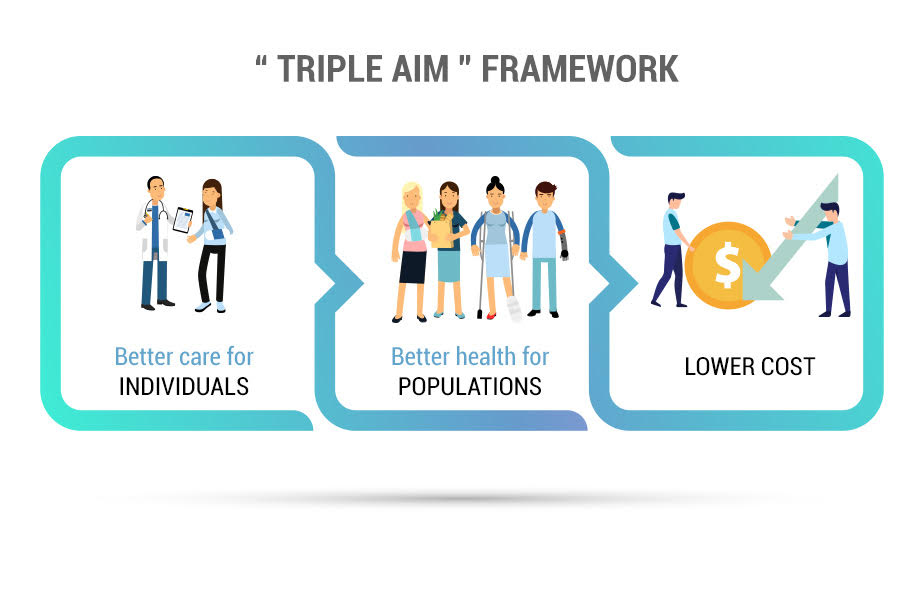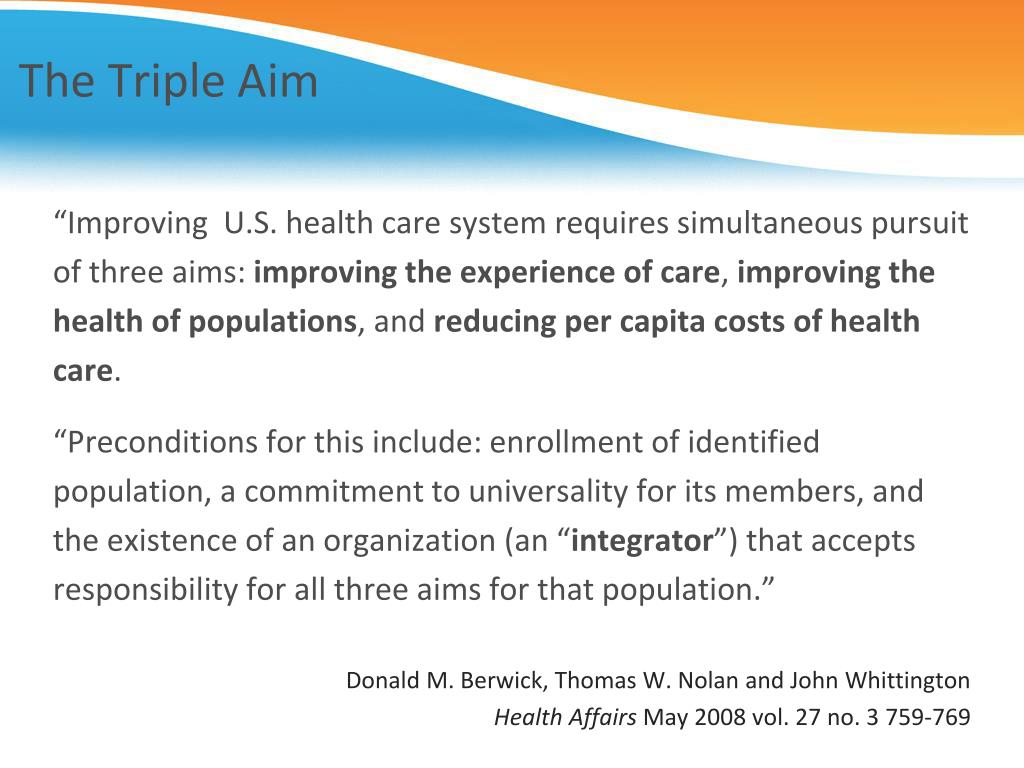


In the early 1990s, though few hospitals and nursing teams regularly collected quality measures, various stakeholders began to advocate for a pay-for-performance system. Chan School of Public Health, it was a long road to define and create standardized outcomes that measure what they are supposed to. “You can focus on improving pieces of those processes, but if the outcomes you hope to achieve aren’t measured, met, and constantly improved on, none of the process matters.”Īccording to Reid Ponte and Richard Siegrist, MS, MBA, CPA, Director of Innovation and Entrepreneurship, Co-Director of the Health Care Management Program, and Lecturer on Health Care Management at the Harvard T.H. Cantor Center for Research in Nursing and Patient Care Services at the Dana-Farber Cancer Institute and Executive Director of Oncology Nursing and Clinical Services at Brigham and Women’s Hospital. “Nursing is very process-oriented in terms of how we develop relationships with patients and families, assess and treat patients, and collaborate with others to assure effectiveness of care and a positive patient experience,” says Patricia Reid Ponte, RN, DNSc, FAAN, NEA-BC, Nurse Scholar in Residence at the Phyllis F.
TRIPLE AIM FOR POPULATIONS FULL
This set of goals has been suggested in recent literature as the “Triple Aim +1,” where ensuring that employees find joy and meaning in their work helps provide the necessary foundation for high-quality and lower-cost care and for an organization to reach its full potential. Carefully selecting and measuring performance metrics, therefore, is key to helping organizations achieve the Triple Aim, as well as improving work life for employees. The goals of the Triple Aim framework, which was developed by the Institute for Healthcare Improvement, are complex and challenging, but become less so when broken into smaller goals with clear parameters and measurements.

In the climate of health care reform, much attention has been paid to the Triple Aim of improving population health, reducing costs, and improving patient experience. The laws are based on the potential of Health IT to drive improvement of health care and reduce cost.Īt MeHI, the Triple Aim is a key objective within our mission to assist Massachusetts healthcare providers in adopting and effectively using Health IT, and it is a founding principle for all our Health IT support programs.Share this: Facebook Twitter LinkedIn Reddit Chapters 305 and 224 which defined MeHI’s mission as the Commonwealth’s agency to advance the dissemination of Health IT across the state. The same objectives were incorporated into M.G.L. The Triple Aim was incorporated as a cornerstone in healthcare legislation, including the Federal HITECH Act, which promotes the adoption and Meaningful Use (MU) of Electronic Health Record ( EHR) systems and Health Information Exchange ( HIE). Variations of the Triple Aim model are currently being used to drive health reform through innovations in care models, healthcare technologies and financial approaches. The concept has been adopted and adapted by governmental and commercial organizations in the efforts to improve health care. The Triple Aim was developed by the Institute for Health Improvement in Cambridge Massachusetts in 2007.


 0 kommentar(er)
0 kommentar(er)
